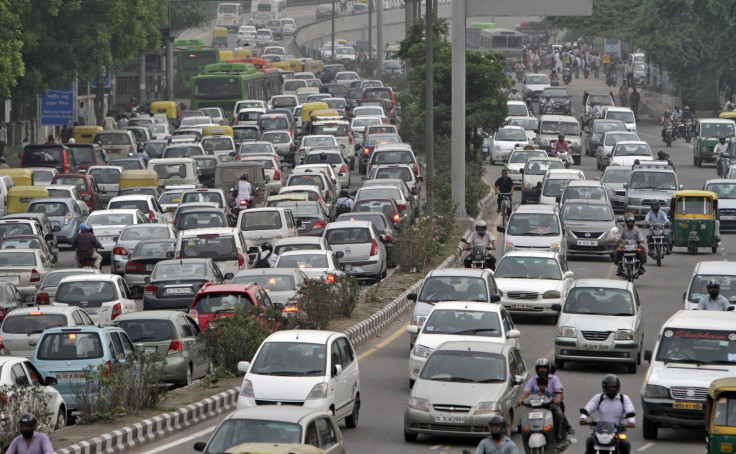Networks Model Could Help Avoid Traffic Gridlocks By Predicting Flow

A team of researchers from MIT, the University of Notre Dame and elsewhere has come up with a model that is able to predict complex systems like traffic flows and disease spread.
Predictions made from the model were tested and found to correlate very well with actual traffic.
The radiation formula has enough flexibility and can be applied in areas where initial data is much sparser. "It has been tested in South America and Africa with good results," says Marta Gonzalez, an assistant professor of civil and environmental engineering and engineering systems at MIT.
The same basic modelling can be applied to any network flows that include human choices and predicting patterns of the spread of a disease or checking the best route for evacuation in an emergency.
The model is able to handle changes in the network arising from construction or emergencies.
It handles variables like human choices of destination sites, and choices of travel paths including cost-based constraints for travel in the network.
Certain locations like daily destinations for many people, such as the MIT campus are "absorbers", pulling in vehicles from many directions; the locations where people live are "emitters."
The average number of travellers planning to go from point "A" to point "B" each day corresponds to voltage in an electrical system, representing the potential while the actual travellers on the road correspond to the electrical current, or the actual amount of flow in such a system.
Researchers entered data on population distribution, from the US census, as well as information on where people work and the basic structure of the highway network.
The model might make it easier to know how the system is going to be disrupted, Gonzalez says, and identifies critical points that may produce bottlenecks.
The findings are reported in a paper in the journal Nature Communications
© Copyright IBTimes 2025. All rights reserved.





















